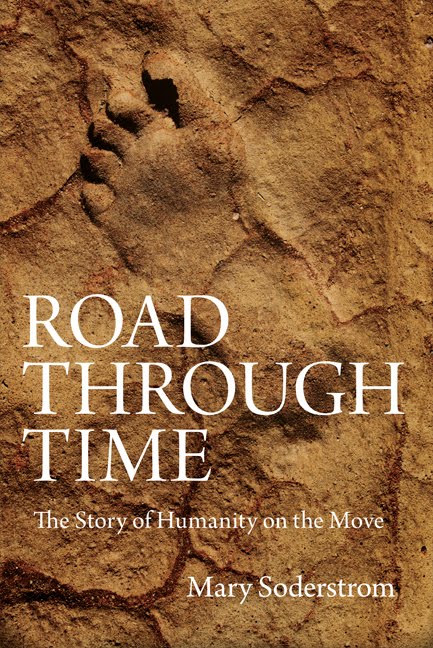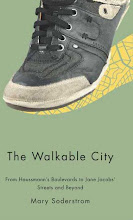
Controversy is swirling around the authenticity of Robert Capa’s 1936 photo of a soldier dying in the Spanish Civil. The war saw right wing, royalist, and religious forces challenge a republican government, and became a battle field on which many of the conflicts of the 20th century were rehearsed. Francisco Franco took the reins of power during it, and didn’t relinquish them until his death in 1975 nearly 40 years later.
Capa’s photo became a symbol of the horror of war and of the sacrifice of men and women who believed in democratic values. But it seems that it may have been staged: recent close study of Capa's movements during the period when the picture must have been taken shows little or no fighting. Other iconic photos—like the raising of the American flag on Iwo Jima—have long been known to have been either re-enactments of events, or outright fakes. To question this one, though, raises more questions about the narratives we tell about past events, and the role of photographs in maintaining them.
We were talking about this last night as we walked to the see La Buena Nueva at Montreal’s World Film Festival. The film tells the story of an idealistic young priest who is sent into village in the north of Spain in 1936 to counter the left wing feeling rampant there. He is witness to the vicious attacks of Fascists, and slowly comes to realize that the true “Good News,” la Buena Nueva, the teachings of Jesus, are diametrically opposite to the them.
Director Helena Taberna, who was present at the screening, said the film was inspired by a story her own family’s history, although she didn’t say how much was invented. Spain is still coming to terms with its four decades of dictatorship, and the film appears to be a way of dealing with truths that were hidden for years. Sometimes fiction can tell a story straighter and more effectively than supposedly objective narration. And sometimes frankly faked photos (and cinematography) show us difficult truths we need to know.

































